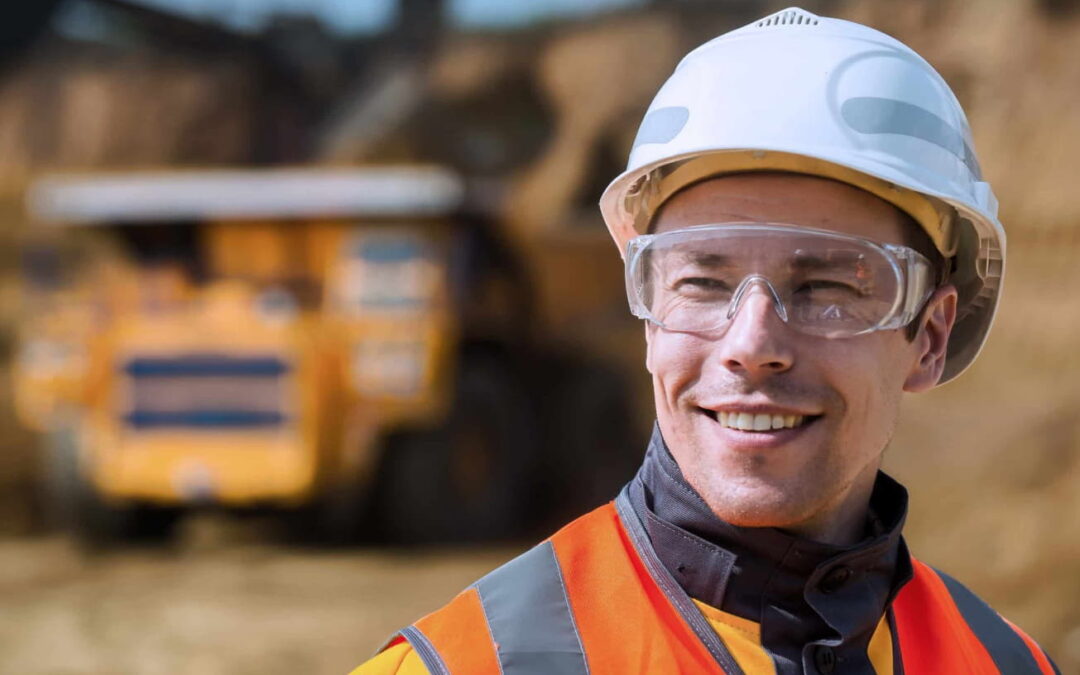In the challenging and dynamic field of mining, training is paramount. It sets the foundation for safety practices, technical skills, and operational efficiency. However, not all training programs are created equal. To be truly effective, mining training should encompass several key elements.
Comprehensive Knowledge Base
Firstly, an effective training program should provide a comprehensive knowledge base. This includes everything from understanding geological formations to learning about the latest mining technologies and equipment. Trainees should be well-versed in both theoretical aspects and practical applications.
Safety First
Safety is of utmost importance in the mining industry. Therefore, any training program worth its salt should place a heavy emphasis on safety protocols and procedures. This includes training on how to handle machinery safely, understanding the potential hazards in a mining environment, and knowing what to do in case of an emergency.
Hands-On Experience
While theoretical knowledge is important, there’s no substitute for firsthand experience. The best training programs provide opportunities for trainees to apply what they’ve learned in a controlled, supervised environment. This allows them to gain confidence in their skills before they’re put to the test in a real-world situation.
Continual Learning
Mining is a rapidly evolving industry. New technologies, methods, and regulations are constantly emerging. As such, effective mining training isn’t a one-and-done deal – it should be part of a continual learning process. Regular refresher courses and updates on industry developments should be part of the training curriculum.
Quality Instructors
The quality of trainers can make or break training courses. Trainers should be experts in their field, with extensive hands-on experience in mining. They should also have excellent teaching skills, able to deliver complex information in a way that’s easy to understand.
Customized Training
No two mines are exactly alike. Each has its own unique characteristics, challenges, and needs. Therefore, effective training should be customized to suit the specific needs of the mine and its workers. This could include tailored modules on specific mining methods, equipment, or safety protocols.
Certification
Lastly, upon completion of their training, trainees should receive a certification. This serves as proof of their competency and readiness to work in the mining industry. It can also be a valuable asset when seeking employment or promotions.
Conclusion:
Effective mining training is a multifaceted endeavor. It requires a comprehensive curriculum, a focus on safety, experience, continual learning, quality instructors, customization, and certification. With these key elements in place, trainees will be well-equipped to excel in the ever-evolving world of mining.

